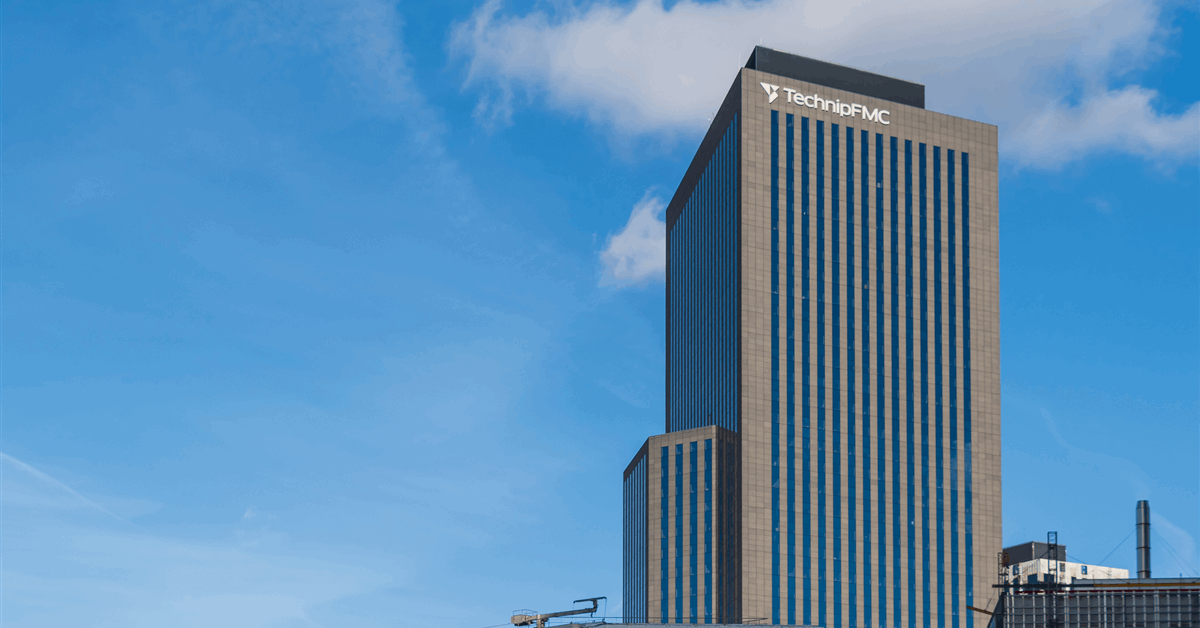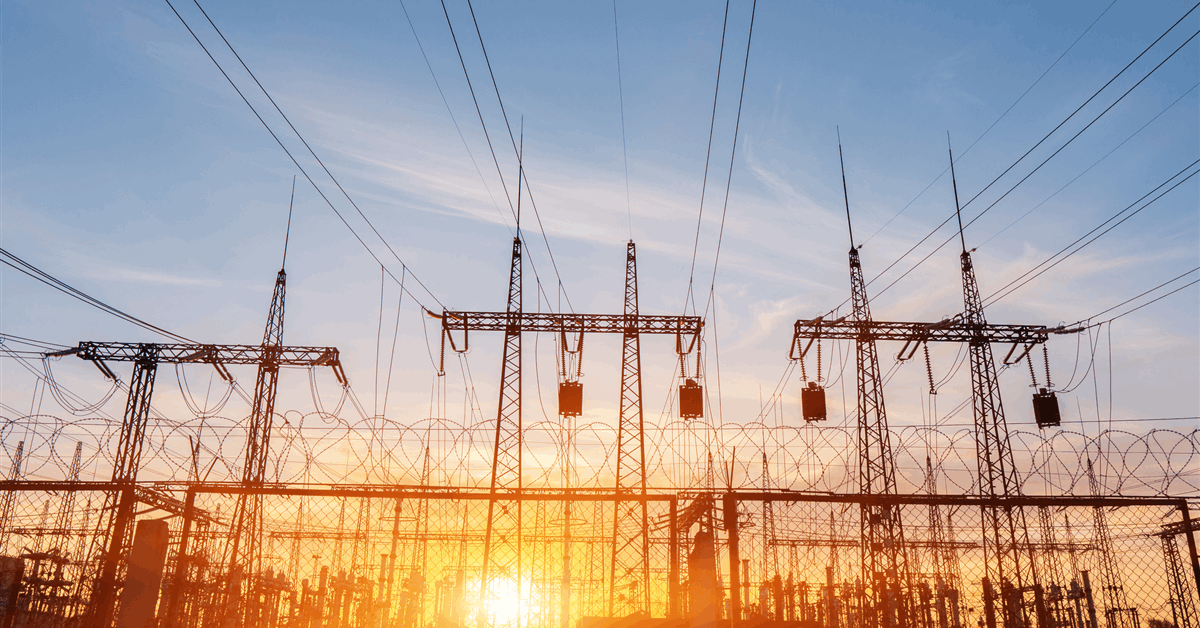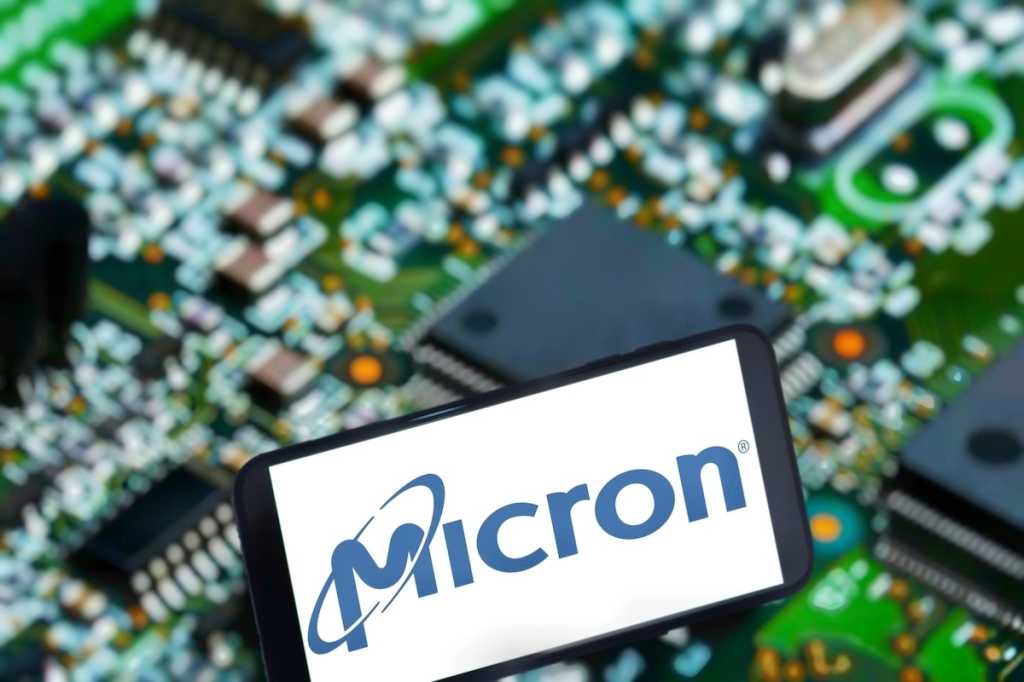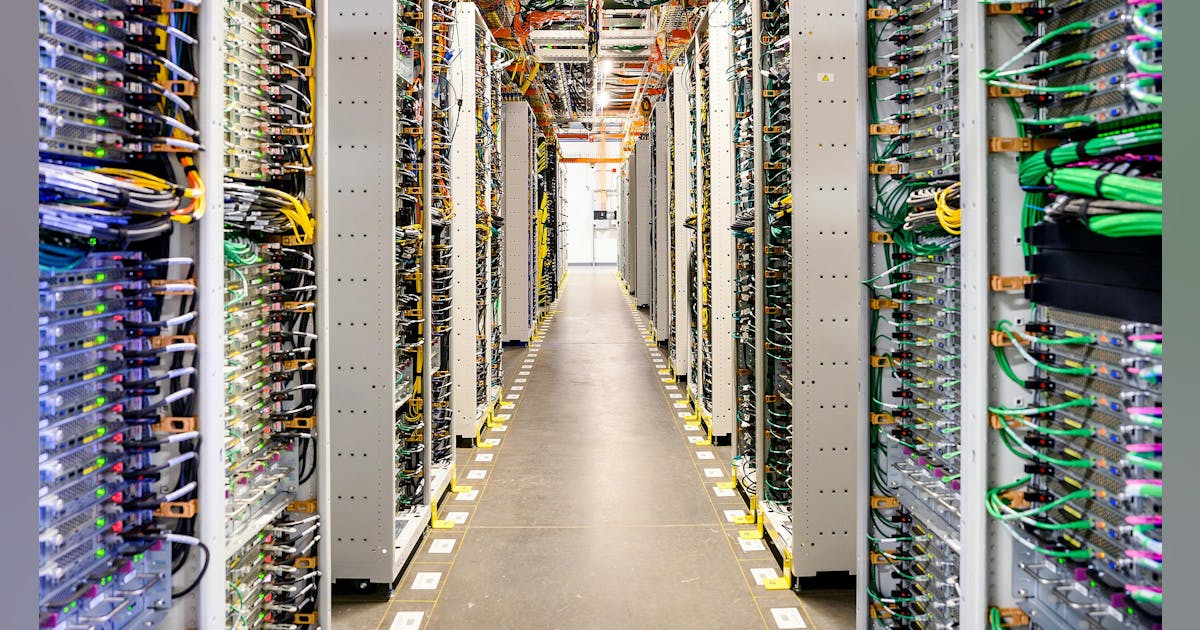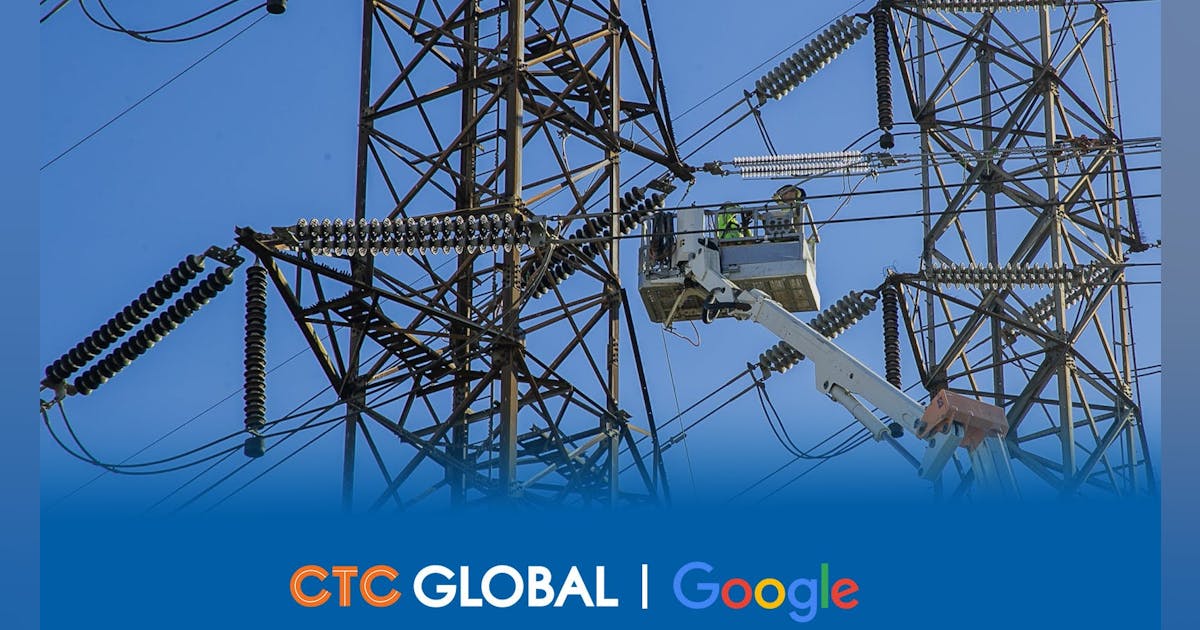Prophet Security, a startup developing autonomous artificial intelligence systems for cybersecurity defense, announced Tuesday it has raised $30 million in Series A funding to accelerate what its founders describe as a fundamental shift from human-versus-human to “agent-versus-agent” warfare in cybersecurity.
The Menlo Park-based company’s funding round, led by venture capital firm Accel with participation from Bain Capital Ventures, comes as organizations struggle with an overwhelming volume of security alerts while sophisticated attackers increasingly leverage AI to scale and automate their operations. Prophet’s approach represents a marked departure from the “copilot” AI tools that have dominated the market, instead deploying fully autonomous agents that can investigate and respond to threats without human intervention.
“Every security operations team is faced with a dual mandate of reducing risk while driving operational efficiency,” said Kamal Shah, Prophet Security’s co-founder and CEO, in an exclusive interview with VentureBeat. “Our Agentic AI SOC Platform addresses both challenges by automating manual, repetitive tasks in security operations with speed, accuracy and explainability.”
The funding announcement coincides with Prophet’s launch of what it calls the industry’s most comprehensive Agentic AI SOC Platform, expanding beyond its initial Prophet AI SOC Analyst to include Prophet AI Threat Hunter and Prophet AI Detection Advisor. The platform represents a significant evolution from traditional Security Operations Center (SOC) automation tools, which typically rely on rigid, pre-programmed playbooks.
The AI Impact Series Returns to San Francisco – August 5
The next phase of AI is here – are you ready? Join leaders from Block, GSK, and SAP for an exclusive look at how autonomous agents are reshaping enterprise workflows – from real-time decision-making to end-to-end automation.
Secure your spot now – space is limited: https://bit.ly/3GuuPLF
Security teams drowning in 960 daily alerts face unprecedented capacity crisis
The cybersecurity industry faces a crisis of capacity and capability. Shah, who previously served as CEO of container security company StackRox before its acquisition by Red Hat, experienced these challenges firsthand. According to his observations, organizations receive an average of 960 security alerts daily, with up to 40% going uninvestigated due to resource constraints.
“The number one complaint that I see from customers every single day is too many alerts, too many false positives,” Shah explained. “If you think about the world that we live in today, on average, a company gets 960 alerts a day from all the security tools that they have in their environment, and 40% of those alerts are ignored because they just don’t have the capacity to go and investigate all those alerts.”
The problem is compounded by a severe shortage of skilled cybersecurity professionals. Shah points to what he calls a critical talent gap, noting there are 5 million open positions in cybersecurity globally, creating a situation where even organizations with budget to hire cannot find qualified personnel.
Prophet’s solution directly addresses this capacity crunch. Over the past six months, the company’s AI SOC Analyst has performed more than 1 million autonomous investigations across its customer base, saving an estimated 360,000 hours of investigation time while delivering 10 times faster response times and reducing false positives by 96%.
How autonomous AI agents differ from reactive copilot systems transforming cybersecurity
The distinction between Prophet’s “agentic” AI and the copilot models deployed by larger cybersecurity vendors like CrowdStrike, Microsoft, and Sentinel One is fundamental to understanding the company’s value proposition. Traditional copilot systems require human analysts to initiate queries and interpret responses, essentially serving as sophisticated search interfaces for security data.
“Copilot is reactive,” Shah explained. “You have an alert come in and a security analyst has to go and write questions, ask the question to say, hey, what does this mean? And you have to know what questions to ask. The analyst is still in the loop for every single alert that comes in because they’re interacting with it.”
By contrast, Prophet’s agentic AI proactively initiates investigations the moment an alert is triggered, autonomously gathering evidence, reasoning through the data, and reaching conclusions without human intervention. The system documents every step of its investigation process, creating an audit trail that allows security teams to understand and verify its reasoning.
“What Prophet AI is able to do is immediately, once an alert is triggered, it proactively goes and completes the investigation,” Shah said. “Within a matter of minutes, your investigation is complete and it knows what questions to ask, and it’s been trained to act like an expert analyst.”
Building enterprise trust through transparent AI decision-making and data protection
Prophet’s system leverages multiple frontier AI models, including offerings from OpenAI, Anthropic, and others, selecting the most appropriate model for each specific task. The company has built what Shah describes as an “evals framework” to ensure accuracy, repeatability, and consistency while preventing AI hallucinations—a critical concern in security contexts where false information can lead to inappropriate responses.
“In security, you are in a trust building exercise with the security teams, and if you hallucinate, you’re going to lose trust and they’re not going to use your product,” Shah emphasized. The company employs a retrieval-augmented generation (RAG) architecture combined with rigorous evaluation processes to maintain what Shah calls “a high bar for security teams.”
Data privacy and security represent paramount concerns for Prophet’s enterprise customers. The company employs a single-tenant architecture ensuring customer data remains isolated, and maintains contractual agreements with AI model providers preventing customer data from being used to train or fine-tune models.
Early customers report dramatic efficiency gains as AI handles thousands of security alerts
Prophet’s customer base includes Docker, which provided a testimonial for the funding announcement. Tushar Jain, Docker’s EVP of Engineering and Product, noted that “Prophet AI is already helping streamline parts of our security workflow, and we’re just getting started. With the recent release of Threat Hunter and growing integration with our systems, we see a clear path to faster response times, reduced noise, and a more focused security team.”
The company has also published case studies demonstrating dramatic improvements in SOC efficiency. Eric Wille, CISO at Cabinet Works, reported reducing his team’s alert volume from 33,200 down to just six alerts requiring human attention, effectively allowing his small team to operate with the efficiency of a much larger organization.
“Prophet AI cut our alert queue from thousands to dozens,” Wille said in a video testimonial. “It’s a force multiplier that removes investigation bottlenecks, improves analyst focus, and helps us respond to real threats faster.”
Rising cyber threats and evolving attack methods drive demand for AI-powered defense
Prophet’s emergence occurs against a backdrop of rapidly evolving cyber threats. CrowdStrike’s 2025 Global Threat Report documented a 150% increase in China-nexus cyber activity and a 442% growth in voice phishing operations, while noting that 79% of detected threats were malware-free, making them harder to identify through traditional signature-based detection methods.
The company’s approach to integration across existing security tools provides a key competitive advantage. Rather than requiring organizations to replace their current security stack, Prophet integrates with existing Security Information and Event Management (SIEM) systems, Endpoint Detection and Response (EDR) platforms, and other security tools.
“If you’ve got to go get five or six different copilots to use within your organization, it’s going to be very confusing,” Shah explained. “What customers are telling us is that, hey, I want an independent AI SOC platform that can help me triage, investigate and respond to alerts from all of my security tools, not just one or two.”
Accel’s preemptive investment signals growing confidence in autonomous security systems
Eric Wolford, Partner at Accel, emphasized the combination of technical innovation and proven market traction that drove the investment decision. “What stood out to us about Prophet wasn’t just the technical ambition, but the real-world traction: they’re delivering autonomy and speed while showing their work—a critical differentiator in an industry that runs on trust,” Wolford said in a statement.
Accel’s cybersecurity investment portfolio includes CrowdStrike, Tenable, and BlackPoint Cyber, providing the firm with deep expertise in evaluating security technologies. The preemptive nature of the funding round — Prophet was not actively seeking capital — underscores investor confidence in the company’s trajectory.
The funding will primarily support engineering expansion and go-to-market acceleration as Prophet scales its platform capabilities. The company plans to continue expanding its agentic AI platform, potentially adding new modules for additional security operations workflows.
Industry experts predict widespread adoption of AI agents will reshape cybersecurity landscape
Prophet’s success reflects broader trends reshaping cybersecurity. Deloitte’s 2025 cybersecurity forecasts predict widespread adoption of agentic AI systems, with 40% of large enterprises expected to deploy such systems in their SOCs by 2025. The consulting firm characterizes this shift as moving from “automation that follows instructions to automation that thinks.”
The company’s “role elevation” philosophy — enhancing rather than replacing human analysts — addresses concerns about AI displacing cybersecurity professionals. Shah emphasized that automation should free analysts from repetitive tasks to focus on higher-value security work.
“This is not about eliminating jobs,” Shah said. “It’s about ensuring an analyst doesn’t have to spend time triaging and investigating alerts, because who wants to do that all day, every day? Instead, they can focus on the 4% of issues that truly matter to an organization. They’re advancing their careers and doing more higher-order security work.”
As cyber threats continue evolving and incorporating AI capabilities, the arms race between attackers and defenders increasingly relies on technological sophistication rather than human capacity alone. Prophet’s approach suggests a future where cybersecurity becomes primarily a contest between AI systems, with human expertise focused on strategic oversight and complex decision-making.
The company’s ability to demonstrate measurable improvements in SOC efficiency while maintaining transparency and explainability positions it to capture market share as organizations grapple with the dual pressures of increasing threats and persistent talent shortages. With the new funding, Prophet Security aims to accelerate this transition, potentially setting the standard for how organizations defend against AI-powered attacks in an era where the speed and scale of threats exceed human capacity to respond manually.
But perhaps the most telling indicator of this shift isn’t Prophet’s technology or funding — it’s what happened when Shah’s team wasn’t actively seeking investment. Accel approached them anyway, recognizing that in a world where attackers launch AI-powered assaults at machine speed, the old playbook of human-driven defense isn’t just insufficient — it’s obsolete.
Daily insights on business use cases with VB Daily
If you want to impress your boss, VB Daily has you covered. We give you the inside scoop on what companies are doing with generative AI, from regulatory shifts to practical deployments, so you can share insights for maximum ROI.
Read our Privacy Policy
Thanks for subscribing. Check out more VB newsletters here.
An error occured.



